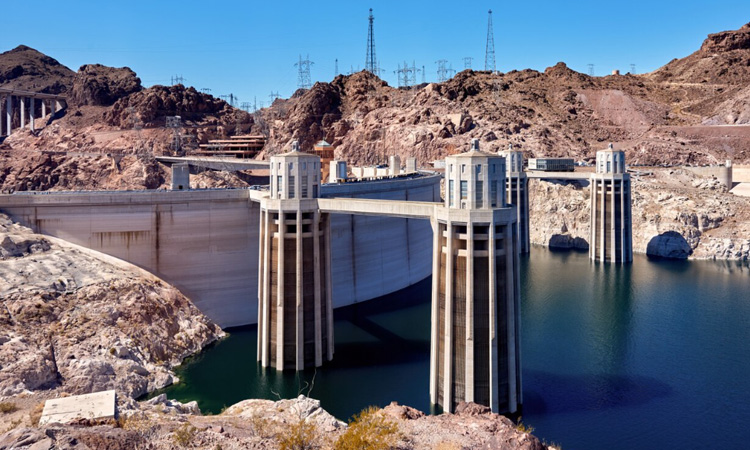Hydropower, often called hydroelectric power, is a remarkable and sustainable way to generate electricity. It harnesses the energy of flowing water to produce clean, renewable power. In this article, we’ll explore hydropower from a professional perspective, breaking down the complex concepts into simple terms.
The Basics of Hydropower
- Hydroelectric Plants: Hydropower is generated in facilities called hydroelectric power plants. These plants are usually located near rivers, streams, or dams.
- Water Flow: The core of hydropower is the flow of water. When water flows downhill, it possesses kinetic energy, much like a rolling ball gathers speed. This energy can be harnessed.
- Dams and Reservoirs: Dams are built across rivers to create reservoirs, which store large amounts of water. When the dam gates are opened, water rushes down, creating a controlled flow.
- Turbines: Inside the hydroelectric plant, there are massive turbines. When the fast-flowing water hits these turbines, it makes them spin.
- Generating Electricity: The spinning turbines are connected to generators. As the turbines spin, they turn the generator’s rotor, creating electricity. This electricity is typically in the form of alternating current (AC), which is what we use to power our homes and businesses.
Types of Hydropower
- Run-of-River: In this type, water is taken directly from the river or stream, without the need for a large reservoir or dam. It’s an environmentally friendly option as it doesn’t disrupt the natural flow of the river.
- Reservoir: This type involves the creation of a reservoir behind a dam. The controlled release of water from the reservoir generates electricity. It provides stable power but can have a more significant environmental impact due to the dam.
Benefits of Hydropower
Hydropower offers several advantages:
- Clean Energy: It produces no harmful emissions, making it environmentally friendly and contributing to reduced greenhouse gas emissions.
- Renewable: It relies on the water cycle, which is a naturally replenishing resource, making hydropower a sustainable energy source.
- Reliable: Unlike some other renewable sources like solar and wind, hydropower is not dependent on weather conditions, providing a stable source of electricity.
- Water Management: It can assist with water management by controlling water flow and preventing floods downstream.
- Energy Storage: Hydropower plants with reservoirs can serve as energy storage facilities, helping to balance the grid by releasing stored energy during periods of high demand.
Challenges and Considerations
- Environmental Impact: The construction of dams and reservoirs can disrupt ecosystems and habitats. Striking a balance between energy production and environmental conservation is essential.
- Location Dependent: Hydropower plants require access to flowing water, limiting their geographical distribution.
Hydropower is a powerful and sustainable energy source that transforms the energy of flowing water into electricity. It plays a significant role in our efforts to transition to clean and renewable energy. By understanding the basics of hydropower, we can appreciate how this technology harnesses the forces of nature to generate electricity while minimizing environmental impacts.
Next On Your Reading List:


